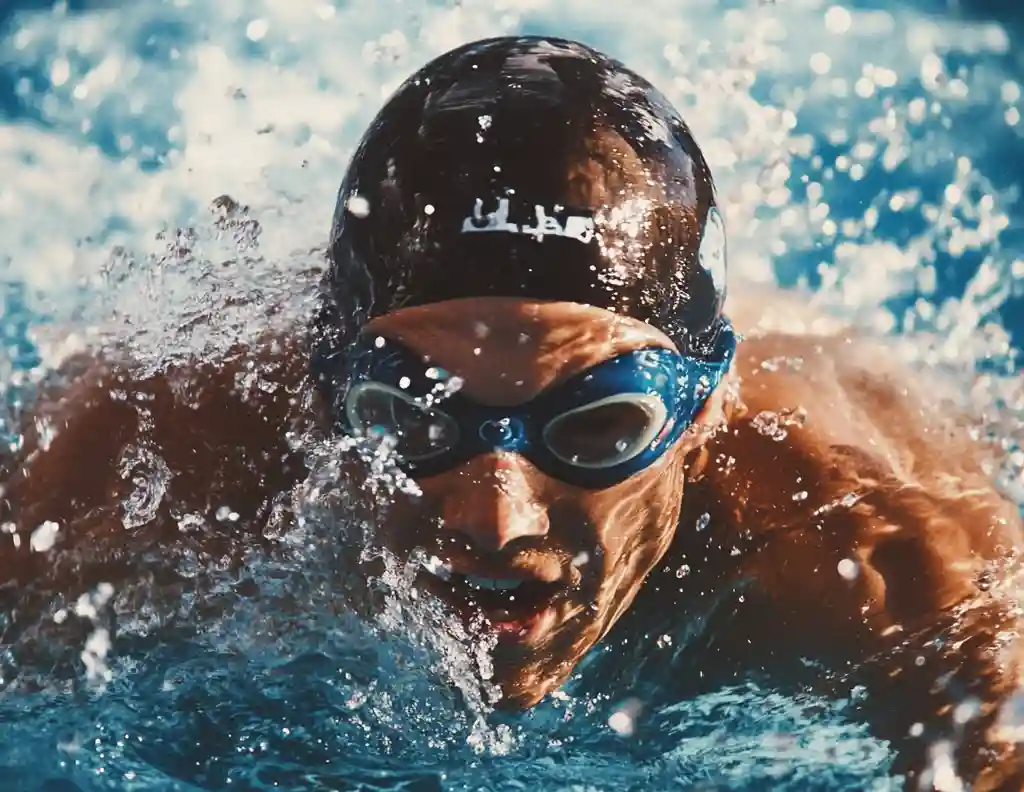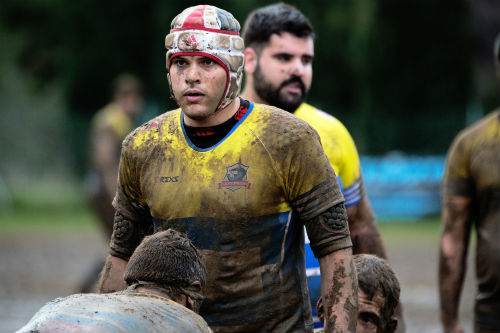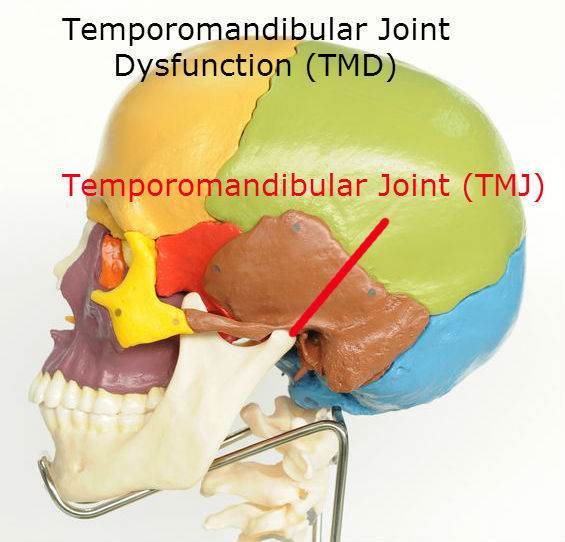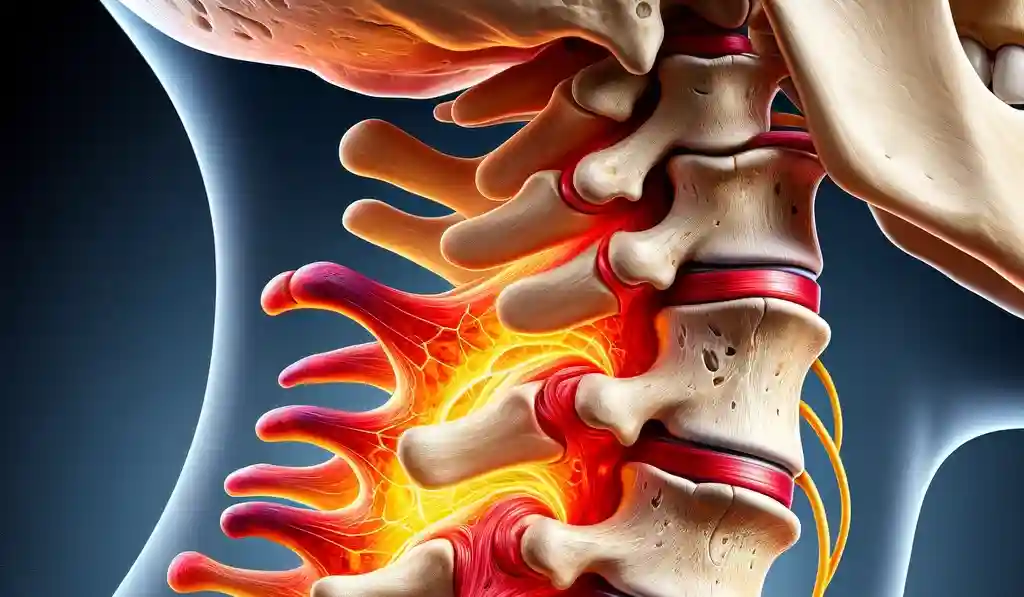Struggling with Frozen Shoulder Pain? Discover How to Find Relief

Experiencing sharp pain with every slight movement or accidental bump to your shoulder can be a telltale sign of a frozen shoulder, a condition that can turn everyday activities like washing your hair or reaching behind to tuck in your shirt into daunting tasks. Nighttime often brings no relief, as symptoms can worsen, disrupting sleep and adding to the distress.
As a leading chiropractor in downtown Toronto, I encounter numerous cases of frozen shoulder, also known as adhesive capsulitis. While professional intervention is frequently recommended, there are instances where you can effectively manage and treat your frozen shoulder at home.
See Also: Correct The Exaggerated Posture In Your Lower Back
Begin With These Exercises for Frozen Shoulder Relief
Embark on the first two exercises (found below) for two weeks. If you don’t notice a significant improvement in your symptoms, it’s time to consider consulting with a chiropractor or physiotherapist.
Understanding Frozen Shoulder: Causes and Risk Factors
A frozen shoulder can stem from direct trauma affecting the rotator cuff or bone fractures. Indirect trauma linked to heart issues or brain surgery may also contribute to developing this condition. It’s notably more prevalent among individuals with diabetes, those who have suffered a stroke, or people with thyroid-related diseases. Additionally, poor posture, specifically forward head posture, has been identified as a potential aggravating factor[1].
See Also: 5 Exercises For Your Stiff Neck
The Silver Lining
Typically, a frozen shoulder resolves on its own over time, usually within 1 to 3 years. However, this period can be marked by persistent symptoms that restrict full shoulder mobility.
Accelerate Your Recovery: Don’t Wait Years for Relief
Are you willing to endure 1 to 3 years of discomfort and limited mobility? If not, you’re in the right place. Let’s explore actionable steps to address your frozen shoulder now.
Warning!
Lack of movement keeps your shoulder from getting better. For a frozen shoulder, these exercises will hurt but will help improve your condition. If your diagnosis is NOT a frozen shoulder, these exercises may make your shoulder problem worse.
#1 Exercise: The Pendulum for Frozen Shoulder.
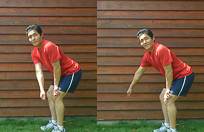
- Put your good arm on a table. Here I am using my knee as a support instead, but if you use the knee for support, you must keep the arch in your lower back or you may injure your back.
- Swing your bad arm in a small circle going wider and wider through as much pain as you can bear.
- When your shoulder can tolerate it, use a 1 lb. or 1/2 kg -5lb or 2kg weight.
- Continue for one minute in each direction, circling each arm 3 times.
#2 Exercise: Wall Crawl for Frozen Shoulder
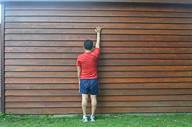
- Bring your hand up, and put your fingers on the wall.
- Let your fingers crawl up the wall until they are as high as you can reach.
- Repeat this and reach as high as you can, 10 times.
#3 Exercise: Side Exercise for Frozen Shoulder
These exercises involve a lot of movement. Do them when your shoulder is feeling a bit better. Here I am using a large umbrella but you can use a broom, pipe or anything that is long and skinny. You can pick up a long plastic pipe from Home Depot for $1.23.
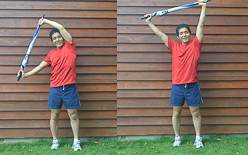
- Take an umbrella or stick and hold it vertically with your bad side down.
- Bring the bad side up as high as it will go pressing down with your good arm. Try to go through as much pain as you can tolerate.
- Repeat this and raise the sore side as high as you can 10 times.
#4 Exercise: Forward Broom Stick Exercise
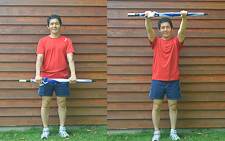
- Hold the broomstick with both hands, in front of you.
- Bring it up as high as it will go.
- Repeat this raise the stick as high as you can 10 times.
#5 Exercise: Backward Broom Stick Exercise For Frozen Shoulder
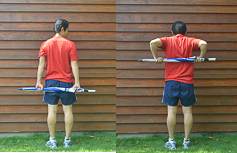
- Hold the broomstick with both hands behind you.
- Bring it up as high as it will go.
- Repeat this and lift the stick as high as you can 10 times.
Do the exercises daily, if your shoulder doesn’t improve in two weeks, you need to seek professional help.
Did you try the exercises? Did they help you?
Tell us what you think in the comments below and like us on Facebook. This Toronto Downtown Chiropractor will answer all questions in the comments section.
1. Frozen Shoulder “The True Cause http://www.youtube.com/watch?v=ds0zxBkrr3E


